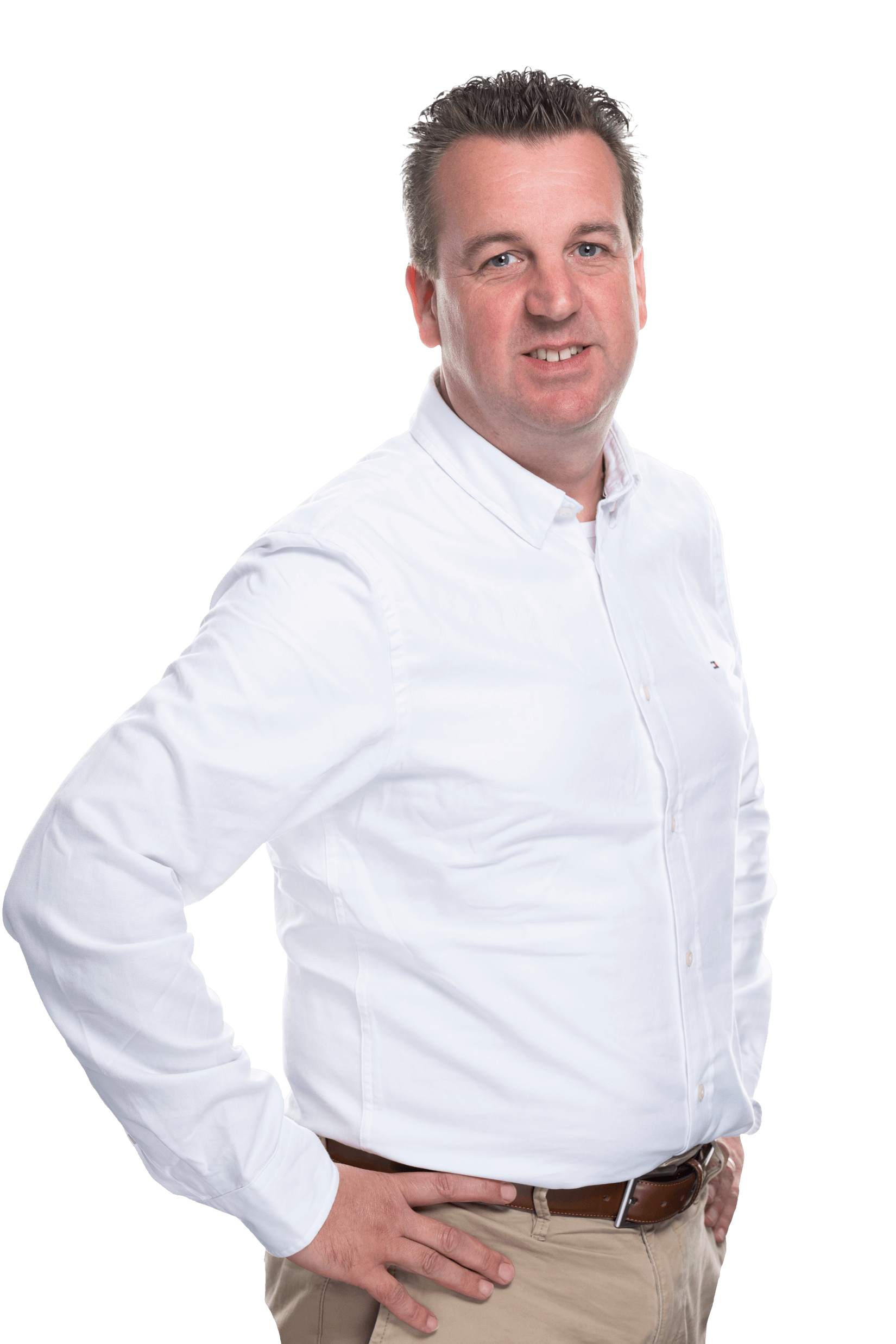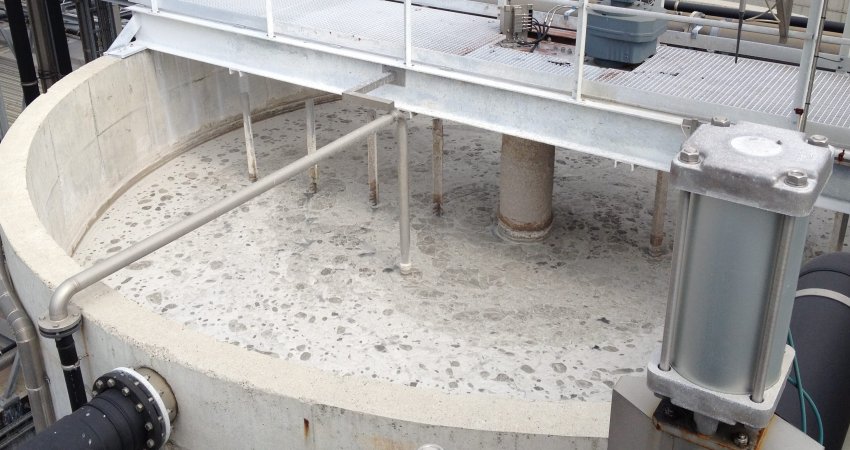Sludge-to-energy - STP ‘s-Hertogenbosch
STP ‘s-Hertogenbosch
's-Hertogenbosch, The Netherlands
2016
Thermophilic sludge digestion: 8000 m3
Treatment capacity: 55 tonnes of dry matter/day
Biogas production: 5.9 million Nm3/year
Struvite production: 8.5 t/day (40% dry matter)
H2S removal: 1500 ppm to <40 ppm
STP extension & renovation
The ‘s-Hertogenbosch STP, which is managed by the Aa and Maas Water Board, is currently being extended and renovated, transforming it into an entirely energy-neutral STP and energy plant. The new system will process its own sewage sludge, as well as sludge from external sources, and use it to produce biogas, which can then be used for electricity, biofuel for lorries and steam.
Colsen is the technology supplier in the consortium that was awarded the contract for the “Extension and Renovation of the ‘s-Hertogenbosch STP” tender. By applying the following technologies, the consortium managed to win the tender on the basis of total cost of ownership.
Technologies
Thermophilic digestion
Sludge digestion is the key process component for turning ‘s-Hertogenbosch STP into an energy plant. This STP has two operational digestion tanks, adding up to a total of 8,000 m3. These digesters are set up for thermophilic digestion, a method that guarantees extensive decomposition of organic dry matter and increased biogas production. The digesters are operated at a temperature of 52°C. Proper mixing and heating are of crucial importance, which is why both tanks are equipped with 3 DIGESTMIX® systems each. In addition to the sewage sludge produced by the ‘s-Hertogenbosch STP, this system also digests externally de-watered sludge from other Aa & Maas STP's.
Biogas production
The biogas produced here is subjected to a biological H2S removal process (BIDOX®), after which it is conditioned. The biogas is used in 3 different ways:
- CHP at 's-Hertogenbosch STP for energy generation;
- Steam production in a nearby brewery;
- Biogas upgrading installation for biofuel for lorries.
Reject water
After the thermophilic sludge digestion process, the digested sludge is de-watered in centrifuges, resulting in reject water with high levels of phosphate and nitrogen. The reject water is first led through a struvite system (ANPHOS®) to remove phosphate through struvite recovery. This prevents high phosphate loads from entering the water line. After passing through the struvite system, nitrogen is removed from the reject water by means of an anammox sub-stream treatment process, before it is forwarded to the water line.

Would you like to know more?
Ask
Boris
Boris Colsen, Managing Director
